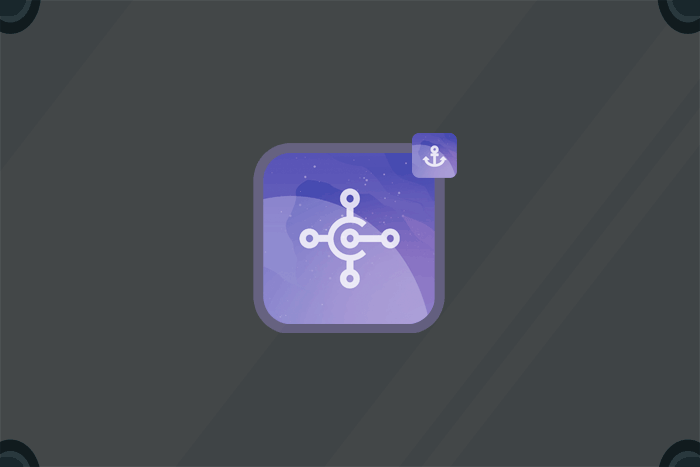
The rise of low-code and even no-code development isn’t just a trend, it’s a response to real-world bottlenecks. Integration teams are often stuck between rigid prebuilt solutions and full custom coding. But with a domain-specific language (DSL) designed for integration, there’s a better path.
Why a DSL Matters for Integration
A DSL gives you the precision of code, but the speed of configuration. You can:
- Define flow logic (conditions, loops, transforms)
- Map data between APIs
- Handle authentication and error paths
- Reuse and version flows
All without the overhead of maintaining full microservices or SDKs.
Real Example: Build a Custom Connector
Imagine needing to integrate with a niche ERP that doesn’t have a prebuilt connector. With a low-code DSL, your team can:
- Define the endpoints
- Authenticate with OAuth2 or API key
- Configure response parsing and error handling
- Save it as a reusable connector for all customers
This shifts integration from a development sprint to a day’s work. Curious about how your business can use Strawbay and our iPaaS DSL to make your fintech integrations like smooth sailing?




